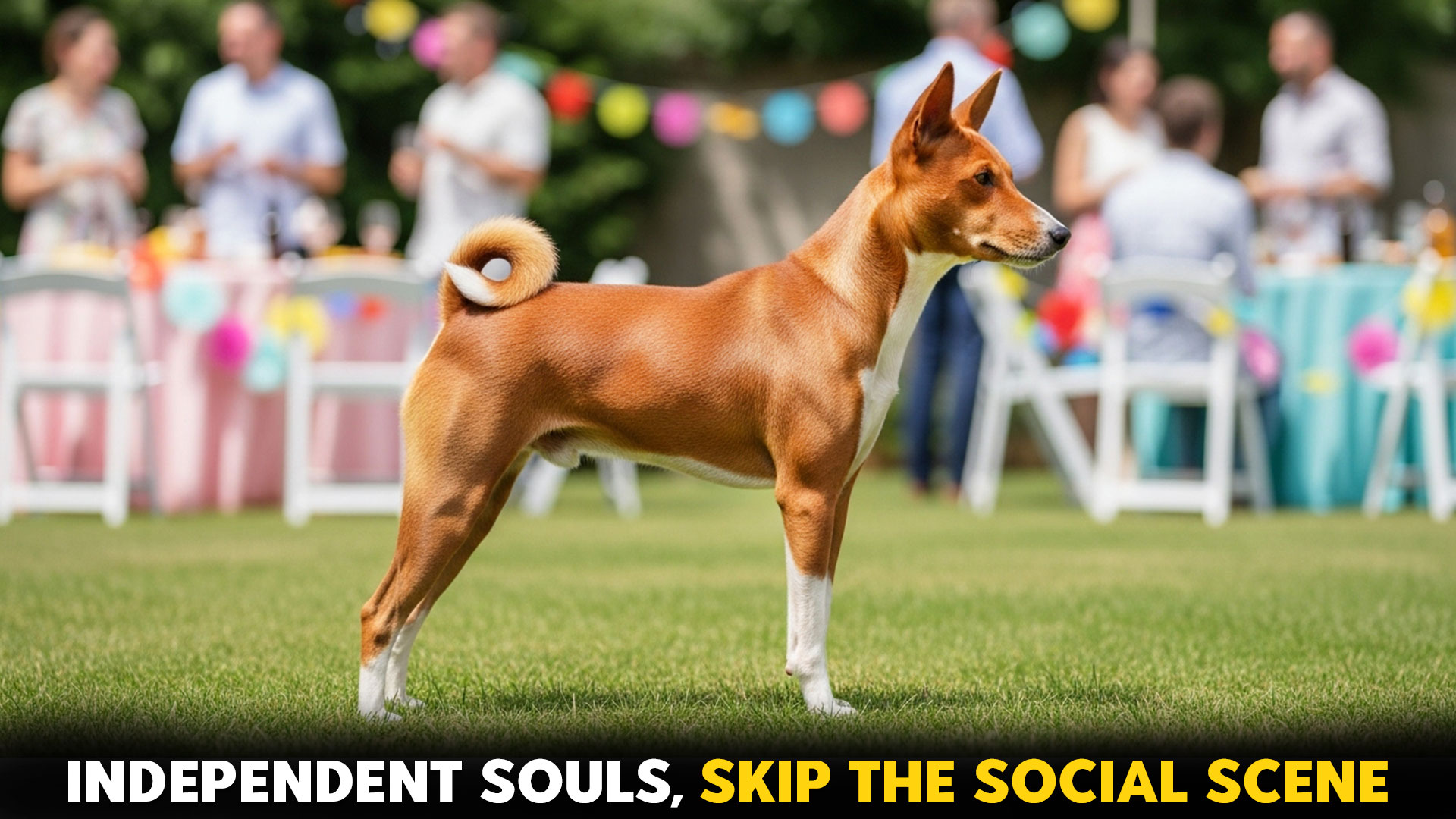Independent dog breeds are a fascinating group, often lauded for their intelligence and self-sufficiency. However, these same traits—which can include a reserved nature and a preference for making their own decisions—can make large social gatherings or events a stressful ordeal for them.
This reserved demeanor isn’t a sign of aggression or poor training; it’s an inherent part of their temperament. At busy social events, the cacophony of loud noises, unpredictable movements, and constant attempts at interaction can quickly become overwhelming, triggering anxiety or fear.
For their well-being, owners must recognize these signs of discomfort, such as lip-licking, yawning, or tail-tucking, and respect their need for space.
Understanding these unique needs is the first step toward responsible ownership. By recognizing which social situations cause stress, you can proactively put safety measures in place, such as providing a quiet retreat or opting out of overly crowded events.
Independent Dog Breeds Not Comfortable At Social Events
Managing these independent dogs at social gatherings is about prioritizing their comfort over forced socialization.
1. Afghan Hound
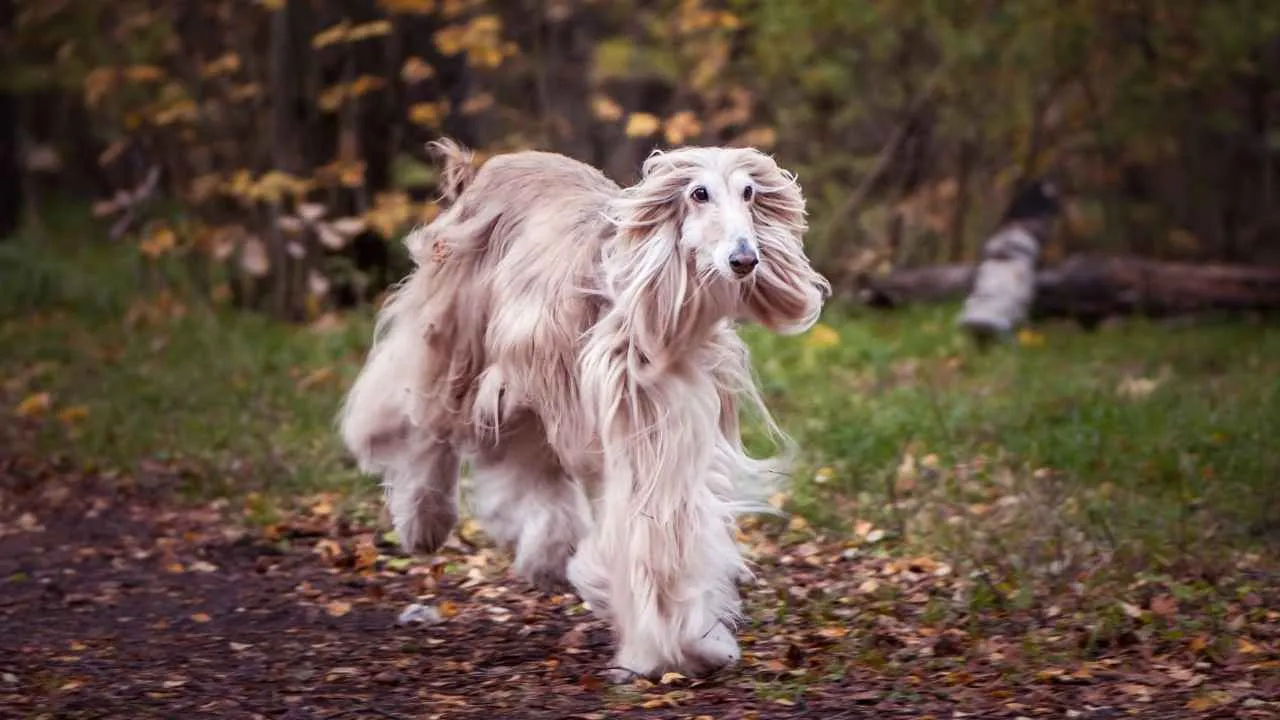
Training a Mind of Its Own
With a stubborn streak and an instinct for independence, Afghan Hounds can be a challenge to train using conventional methods.
These medium-sized dogs respond best to positive reinforcement and creative problem-solving from their owners, as per Britannica. Early training and socialization are essential to help them tolerate new experiences and other dogs.
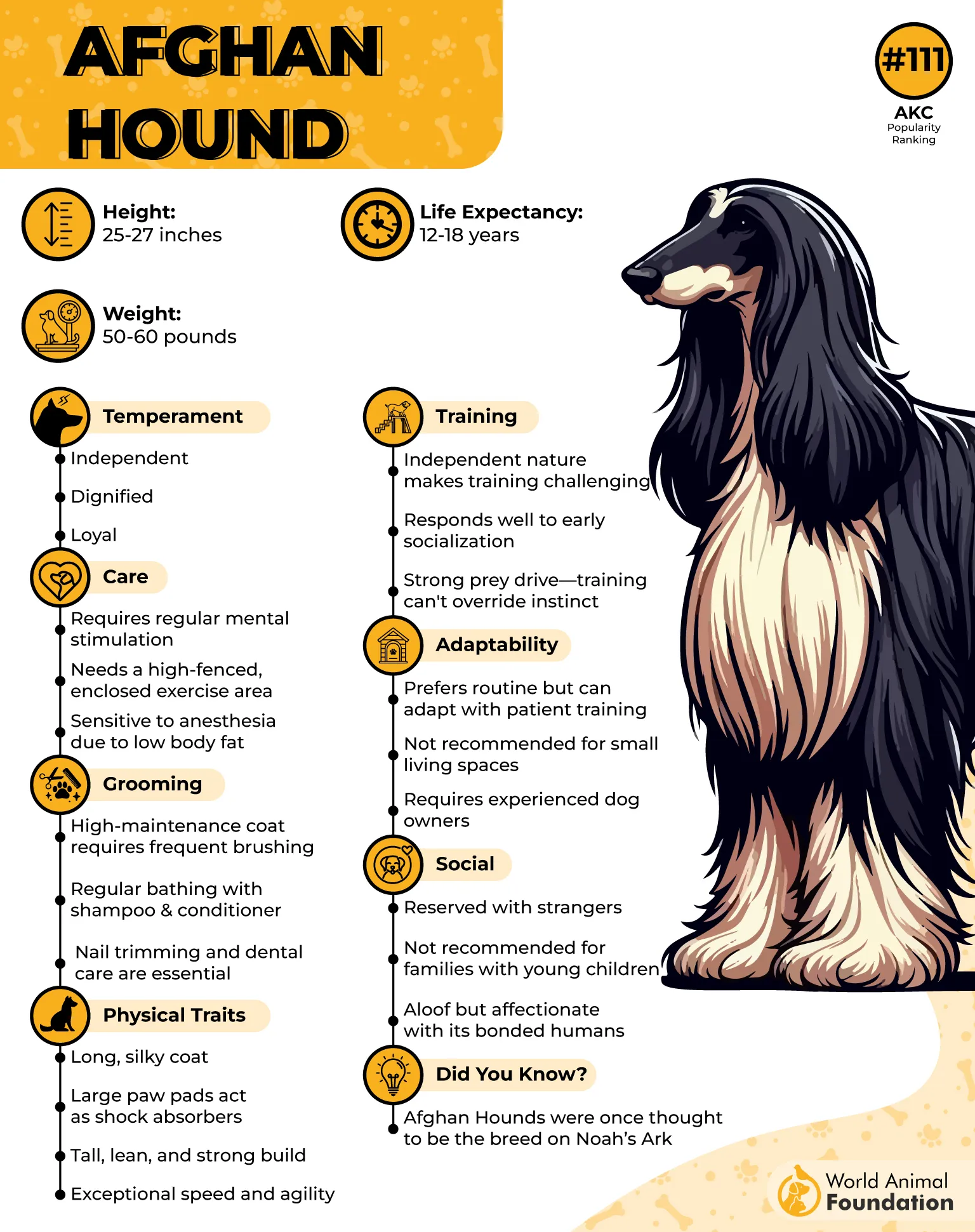
Signs Your Dog Feels Uncomfortable in Social Settings
Excessive yawning or lip licking
Turning their body away from people
Refusing treats or commands
Tail tucked or held low
Pacing or restlessness
Staring or intense scanning of the environment
How to Handle Unsocial Behavior
Help your Afghan feel secure by offering quiet spaces away from the crowd and never forcing interaction. Reward calm behavior, use treats to build positive associations, and prioritize gentle exposure over time.
A confident, well-socialized Afghan is possible—with mental stimulation and respect for their independence.
2. Basenji
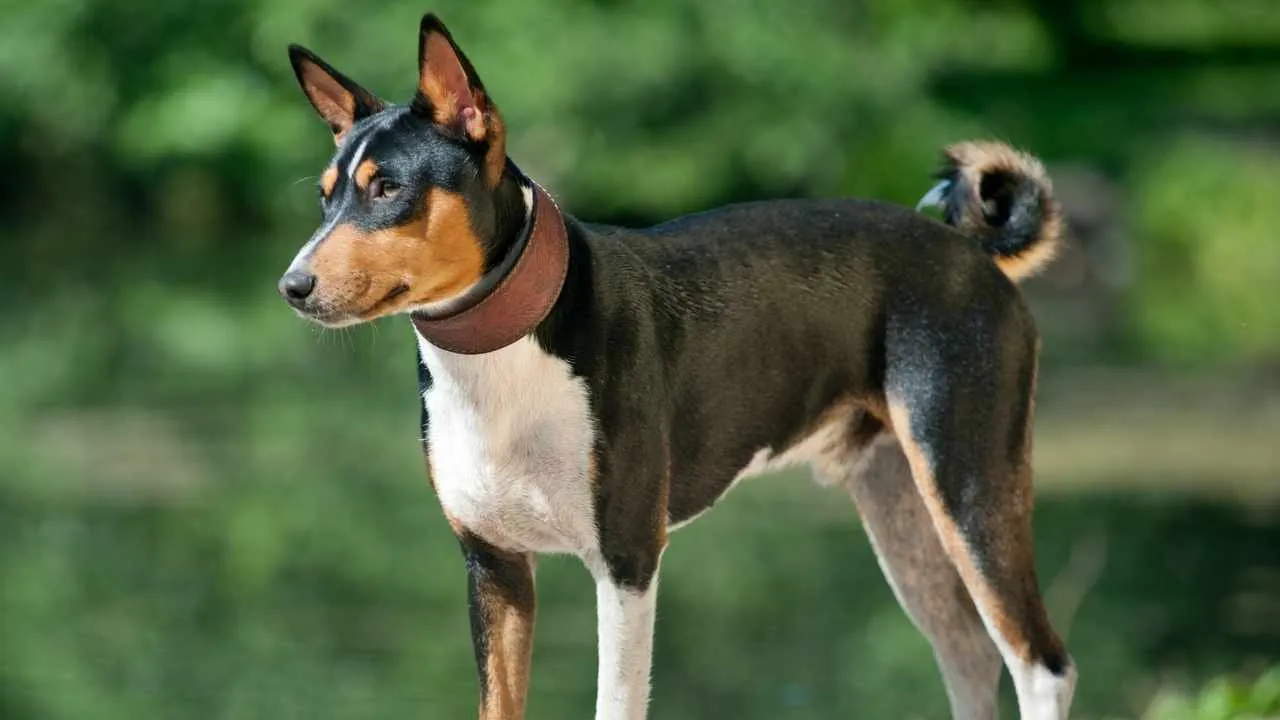
Training the Independent Thinker
Basenjis possess a sharp brain, but their stubborn streak can challenge traditional obedience training. They prefer activities that feel like their idea and respond best to positive reinforcement.
Early exposure to different environments, people, and other pets can help reduce their discomfort in crowds.
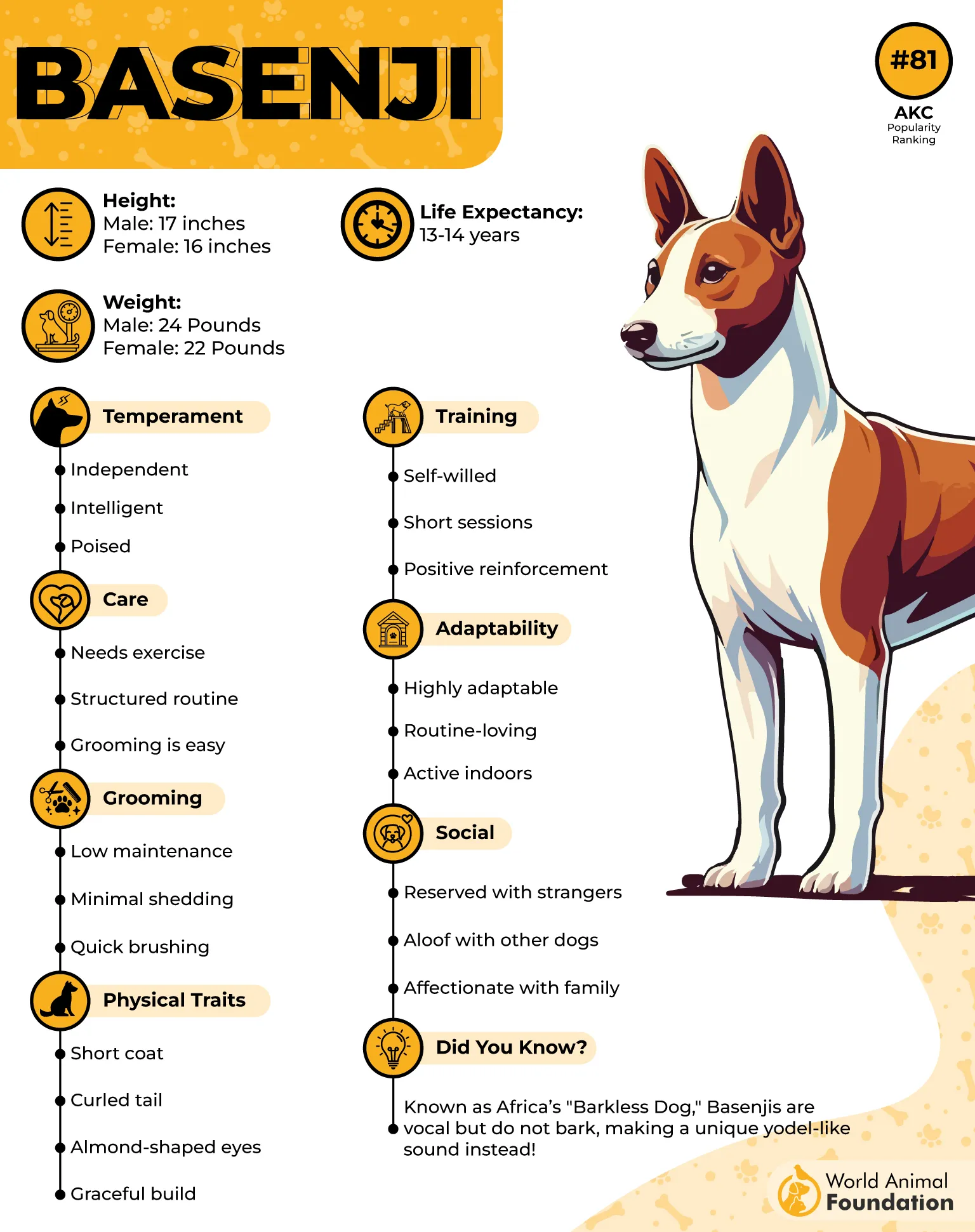
Signs Your Dog May Be Uncomfortable in Social Settings
Avoiding eye contact or turning away from people
Yawning or licking lips excessively
Tense body posture or rigid tail
Ignoring commands or refusing treats
Restlessness or trying to escape
Whining, yodeling, or vocalizing unusually
Helping Your Dog Feel Secure
To support a socially hesitant Basenji, create distance from crowded spaces and introduce new experiences gradually. Allow them to explore at their own pace.
Respect their need for space and always use positive reinforcement when encouraging social behavior—never force interaction, as per Purina.
3. Chow Chow
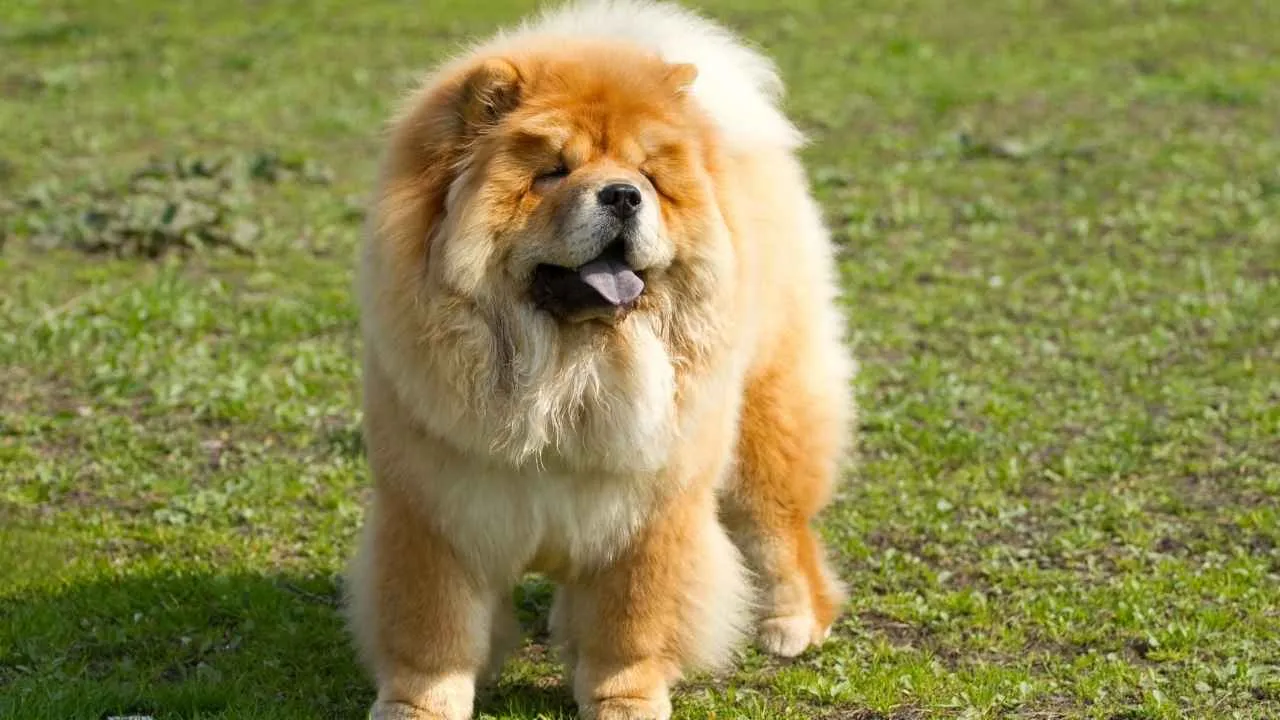
Smart, But Selectively Willing
Despite being the smartest dog breed, the Chow has a strong stubborn streak. Training requires consistency, positive reinforcement, and a gentle hand—never harsh discipline, as per the AKC.
Early training and socialization are vital to help manage their territorial instincts and reduce problem behaviors.
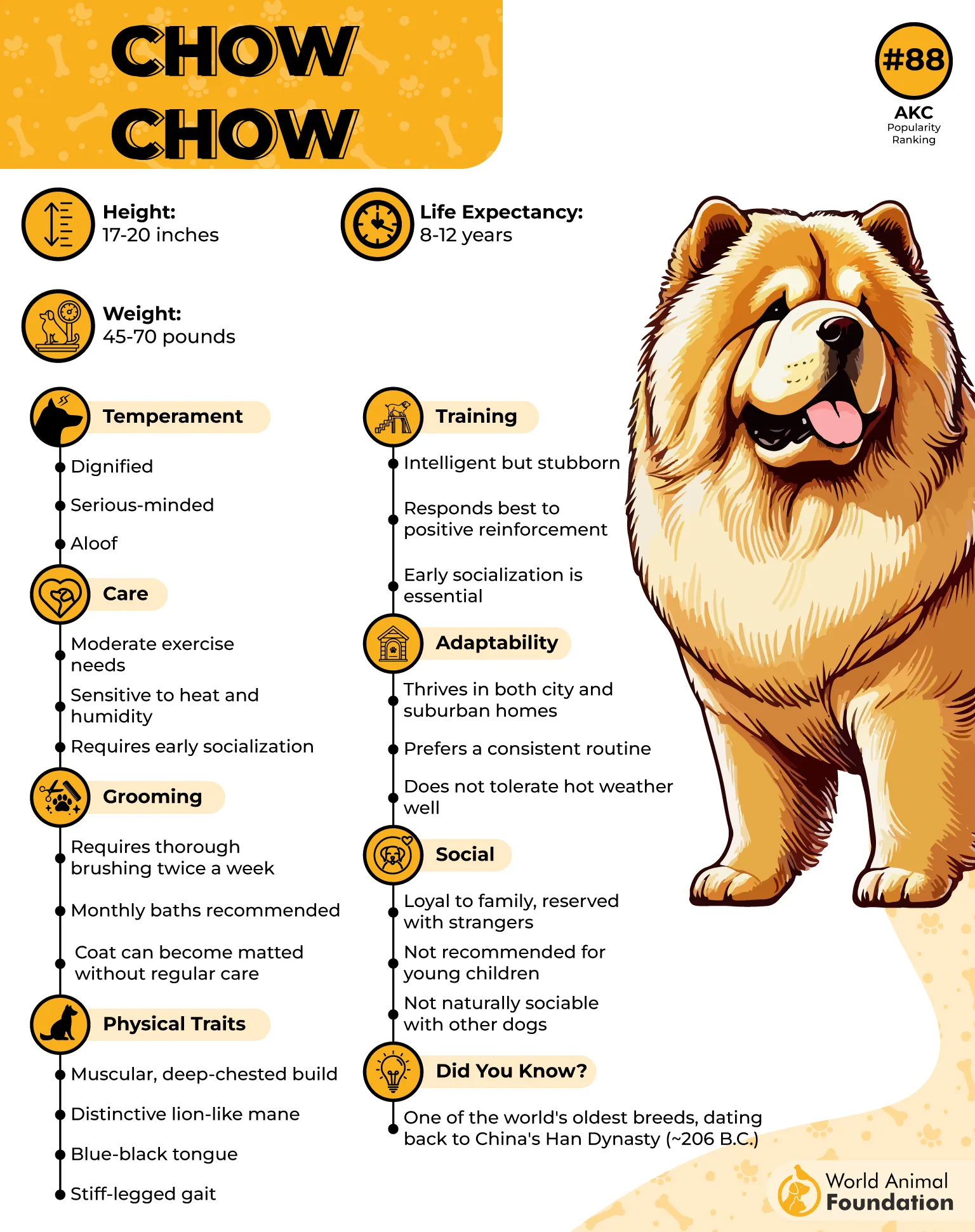
Signs Your Dog May Be Uncomfortable in Social Settings
Stiff body posture and slow movements
Refusal to engage or turning their back
Avoiding eye contact with people or other pets
Heavy panting, yawning, or lip licking
Growling or low grumbling when approached
Trying to move away or hiding behind their handler
Earning Trust Takes Time
To help your Chow feel secure at social events, avoid overwhelming them with strangers or activity. Respect their space, give them time to observe, and never force interactions.
With positive reinforcement and trust, they can learn to feel more relaxed—even if they’ll always prefer peace over parties.
4. Akita
Intelligent Yet Independent
As highly intelligent animals, Akitas respond best to firm, patient, and respectful training. These independent dogs are not easily impressed, and their stubborn streak can challenge first-time pet owners.
That said, with consistent positive reinforcement and early training, Akitas can become extremely well-mannered furry friends.
Signs Your Dog May Be Uncomfortable in Social Settings
Ears tilted back or stiffly erect
A tense jaw or closed mouth
Standing between their owner and a perceived threat
Attempting to leave the area or pulling on the leash
Heavy panting despite mild weather
Fixating on one person or dog with an alert posture
Helping an Independent Guardian Adjust
Akitas benefit from calm disposition, controlled introductions, and time to observe their environment before engaging. Training with positive reinforcement, high energy levels, and gradually increasing their comfort zone can help them feel more secure in social situations.
5. Belgian Malinois
Independent and Intense in Social Settings
While this is an affectionate dog breed and loyal with their family, Belgian Malinois are typically reserved or even tense around unfamiliar dogs and people.
Their strong protective instincts and temperament wariness make them prone to overstimulation in busy environments.
Signs Your Dog May Be Uncomfortable in Social Settings
Intense scanning of the environment (hyper-alertness)
Stiff body posture, especially near strangers
Quick, shallow panting or pacing
Barking or lunging when approached
Avoiding eye contact or attempting to hide
Freezing in place or excessive yawning
Helping Your Malinois Manage Social Discomfort
Belgian Malinois do best when they’re given a clear job and a calm disposition. Introduce new people and dogs gradually, and avoid overwhelming stimuli.
Focus on obedience training, task-oriented games, and supervised exposure to build confidence without pushing them too far, according to Hill’s Pet.
6. Shiba Inu
Socially Selective, Strong-Willed
Shiba Inus are self-reliant, independent, and sometimes aloof—especially in unfamiliar environments. They prefer to observe rather than engage, making social events or noisy environments stressful or overstimulating for them.
Signs Your Dog May Be Uncomfortable in Social Settings
Excessive vocalization or the infamous “Shiba scream”
Pacing or restlessness when around guests
Avoidance of eye contact or turning away
Refusing to be touched by strangers
Freezing in place or trying to bolt
Yawning, licking lips, or hiding
Helping Your Shiba Handle Social Stress
Helping your Shiba Inu adjust to new environments starts with early training and socialization in calm, low-pressure settings. Gradually introduce them to guests, unfamiliar places, and other animals.
For anxiety-prone dogs, mental stimulation, calming treats, and consistent routines go a long way in reducing bad behaviors.
7. Jack Russel Terrier
Spirited, Adventurous, and Independent
The Jack Russell Terrier is a lively, bold, and inquisitive breed with boundless energy levels. Originally bred for fox hunting in England, these independent dogs have a reputation for being fearless and tireless, as per PDSA.
Signs Your Dog May Be Uncomfortable in Social Settings
Excessive barking or vocalizations
Hiding behind owners or avoiding contact with strangers
Increased restlessness or pacing
Tense body language, such as stiffening or lip curling
Attempting to escape or retreat to a safe spaceExcessive sniffing or obsessive behavior
Helping Your Jack Russell Manage Social Stress
To help manage social discomfort, early training and socialization are essential. Start with calm, controlled environments, gradually introducing your loyal dog to new people, places, and experiences.
Engage them in activities and use positive reinforcement to encourage desirable behaviors and avoid overwhelming them in high-stress situations.
Final Words
In conclusion, independent dog breeds that aren’t comfortable at social events tend to be loyal and gentle giants, often preferring the company of their human companions over strangers or other dogs. While they may be reserved and not eager to interact in crowded places like a dog park, they form strong bonds with their family, thriving in calm, low-energy environments.
These independent dogs require mental stimulation and regular physical exercise, but their low-maintenance nature and laid-back temperament make them wonderful companions for those who respect their independent personalities. With the right training and care, they can be affectionate, intelligent, and loyal, providing a loving presence without the need for constant interaction.
Ultimately, these independent dog breeds are best suited for families who appreciate their gentle demeanor and are willing to give them the space and attention they need to thrive, ensuring they remain healthy and happy without the stress of social events.


